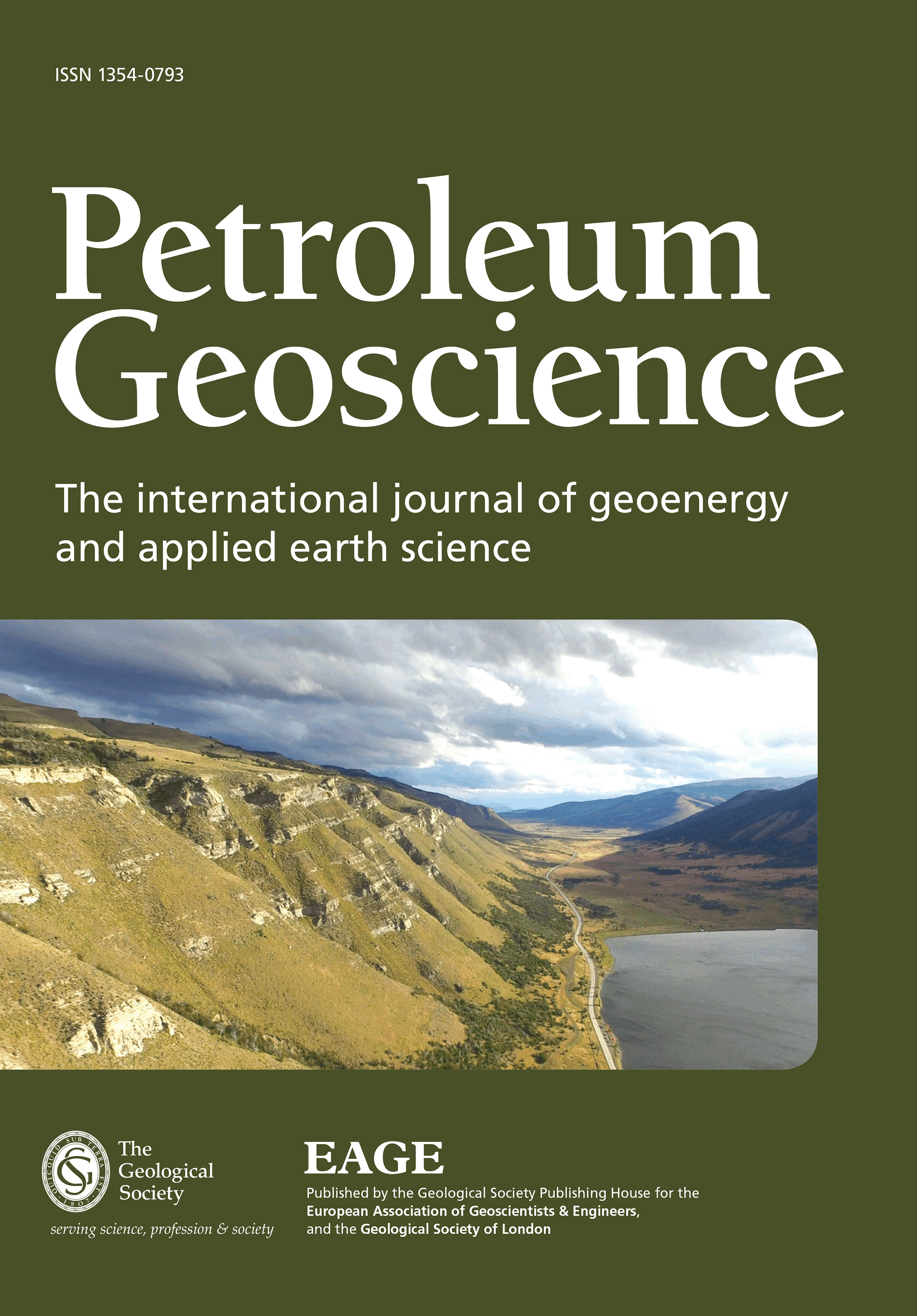
Full text loading...
Secure retention of CO2 in geological reservoirs is essential for effective storage. Solubility trapping, the dissolution of CO2 into formation water, is a major sink on geological timescales in natural CO2 reservoirs. Observations during CO2 injection, combined with models of CO2 reservoirs, indicate the immediate onset of solubility trapping. There is uncertainty regarding the evolution of dissolution rates between the observable engineered timescale of years and decades, and the >10 kyr state represented by natural CO2 reservoirs. A small number of studies have constrained dissolution rates within natural analogues. The studies show that solubility trapping is the principal storage mechanism after structural trapping, removing 10–50% of CO2 across whole reservoirs. Natural analogues, engineered reservoirs and model studies produce a wide range of estimates on the fraction of CO2 dissolved and the dissolution rate. Analogue and engineered reservoirs do not show the high fractions of dissolved CO2 seen in several models. Evidence from natural analogues supports a model of most dissolution occurring during emplacement and migration, before the establishment of a stable gas–water contact. A rapid decline in CO2 dissolution rate over time suggests that analogue reservoirs are in dissolution equilibrium for most of the CO2 residence time.
Supplementary material: Dissolution rate for all plots and exponential function curves for scenarios A and B are available at https://doi.org/10.6084/m9.figshare.c.5476199
Thematic collection: This article is part of the Geoscience for CO2 storage collection available at: https://www.lyellcollection.org/cc/geoscience-for-co2-storage

Article metrics loading...

Full text loading...
References


Data & Media loading...

